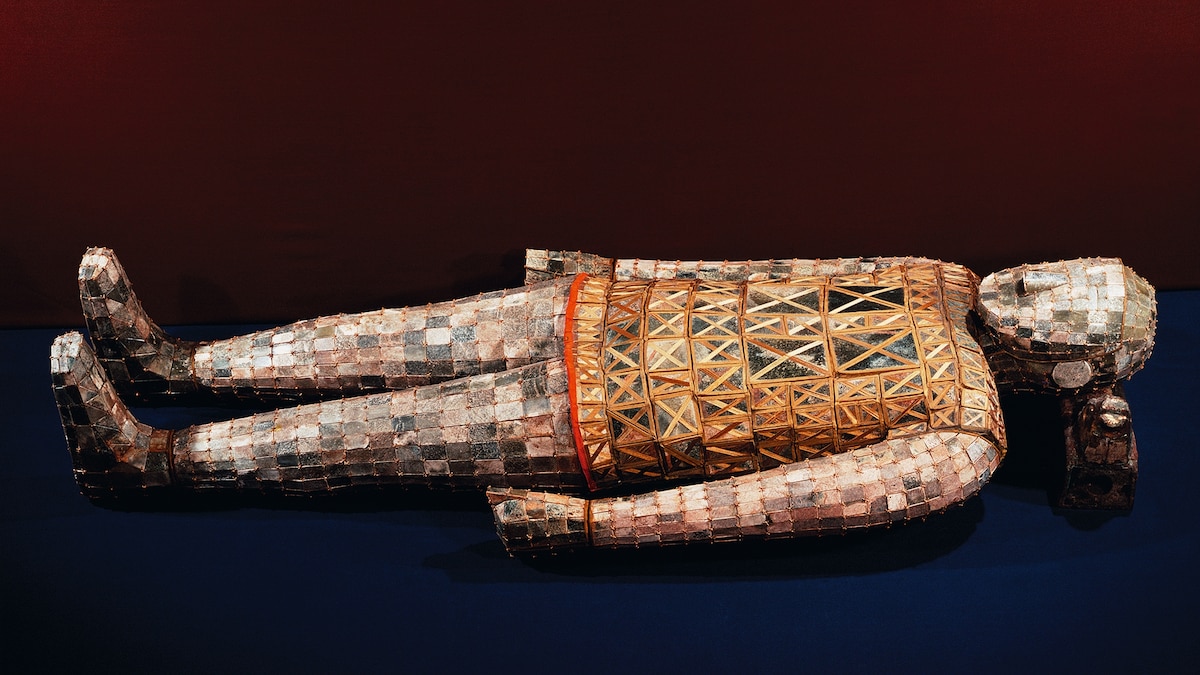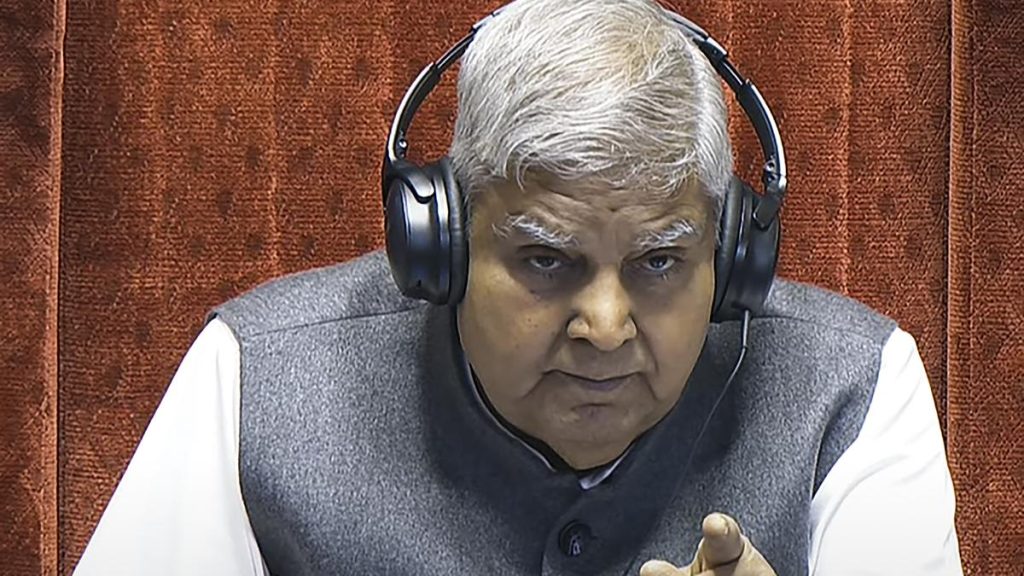Now Reading: Ancient Chinese Tomb Unearths Legendary Jade Burial Suits
-
01
Ancient Chinese Tomb Unearths Legendary Jade Burial Suits
Ancient Chinese Tomb Unearths Legendary Jade Burial Suits

quick Summary
- Location and Finding: The tombs of Liu Sheng, Prince of Zhongshan, and his wife Dou Wan were discovered in 1968 on Lingshan mountain, 120 miles south of Beijing.
- Ancient Background: Liu Sheng was sent to rule Zhongshan by his father Jing Di,the sixth emperor of China’s Han dynasty (~206 B.C.-A.D. 220).The tombs were sealed with cast iron to prevent looting.
- Tombs’ Features: Built as underground palaces with elaborate architecture, including ceremonial halls and antechambers resembling earthly homes. They contained jade burial suits symbolizing immortality.
- artifacts Found: Items included terracotta vessels for food preservation, chariots, horse skeletons (symbols of elite power), bronze figurines, weapons, golden needles (for acupuncture), intricately designed bronze lamps and vases.
- Cultural Importance: Jade suits represented preservation concepts tied to dual soul beliefs in Han funerary traditions (hun – spirit; po – body energy).
- Impact on Archaeology: Despite Mao’s Cultural Revolution restricting academic study, emergency excavations allowed significant finds showcasing han dynasty’s engineering mastery.
Indian Opinion Analysis
The discovery underscores how ancient civilizations skillfully blended engineering ingenuity with spiritual beliefs. India can draw parallels from its own cultural history where complex burial structures like temples or stupas reflect a similar intertwining of technical prowess and metaphysical ideas about life after death.The use of jade in the construction highlights China’s historical valuing of materials imbued with symbolic significance-akin to India’s traditional use of gems such as diamonds or rubies for royal purposes beyond aesthetics. This distribution pattern in antiquities draws attention to the global shared heritage that ties art and spirituality.
For India’s archaeologists or historians studying regional cultures that traded along ancient silk routes including China-these findings serve as a roadmap into uncovering synchronous ideologies exchanged during periods centralizing empire expansions both territories simultaneously across pre-modernized trade connectivity interactives!!

























